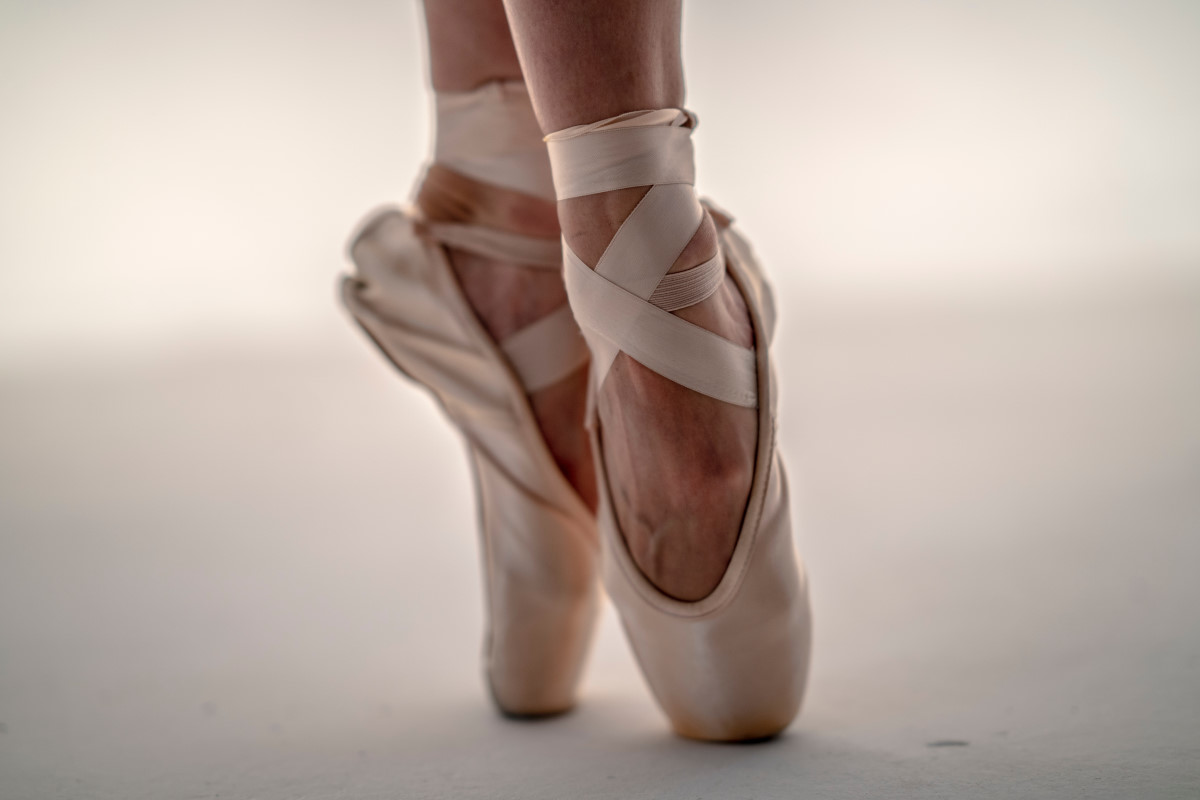BY ALAINA INOUYE
COMMUNICATIONS EDITOR
Ballet has been governed by tradition since its emergence in the 1500s. Sadly, many traditions found in the ballet world reinforce gender roles and set up obstacles for transgender dancers. For example, men and women perform different steps and variations, and many classes are exclusive to men or women. This article will explore how transgender dancers continue dancing despite the difficulties they face.
As previously mentioned, ballet assigns a gender to many moves, classes, and variations. This puts transgender dancers in a difficult place. If a nonbinary dancer is to perform a variation, how are they supposed to choose between the men’s variation and the women’s variation? The same applies to many choosing classes; all of this together makes the ballet world a difficult place for nonbinary people. Also, transgender dancers may have a hard time transitioning. Since men and women are taught different skills, they have to catch up to other people their age even though they started much later than them. Finally, transgender dancers with just as much talent as their peers must fight harder to get the same roles.
Despite all of this, there are some amazing transgender dancers paving the way. Jayna Ledford is a ballerina who danced at the Kirov Academy of Ballet. She hid her gender for many years before she decided to come out. Scout Alexander is a transgender dancer who almost had to quit ballet because of the reaction when he came out. Thankfully, he is still dancing today. Overall, the dance world needs an update, but slowly but surely things will improve.
Sources:
- https://www.thecrimson.com/column/backstage-at-the-ballet/article/2021/2/9/sara-column-pas-de-deux-sexism-and-the-gender-binary-in-ballet/
- https://pointemagazine.com/nonbinary-ballet-dancers/
- https://www.stairwayforballet.com/post/lgbtq-and-non-binary-inclusion-in-dance
